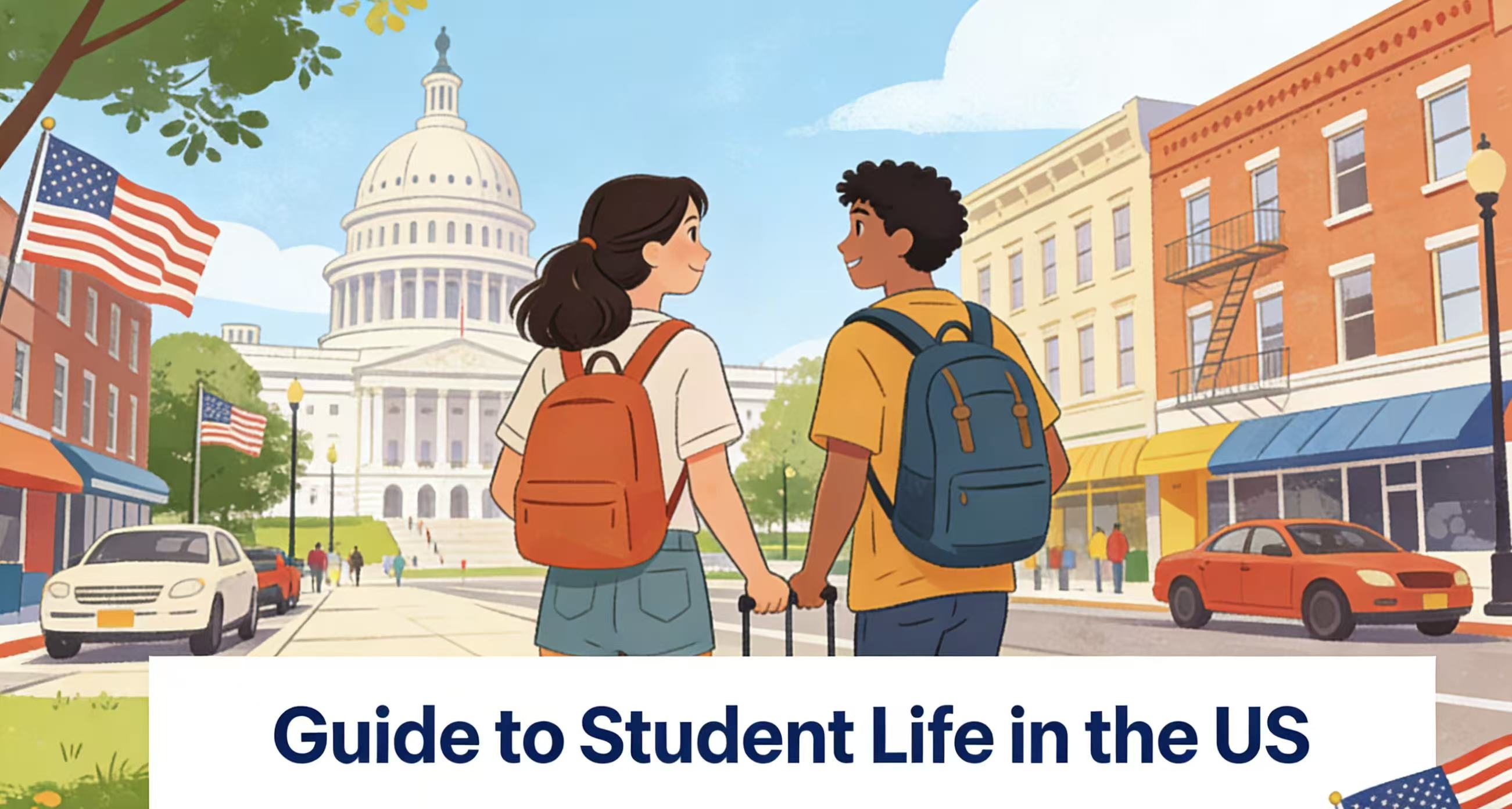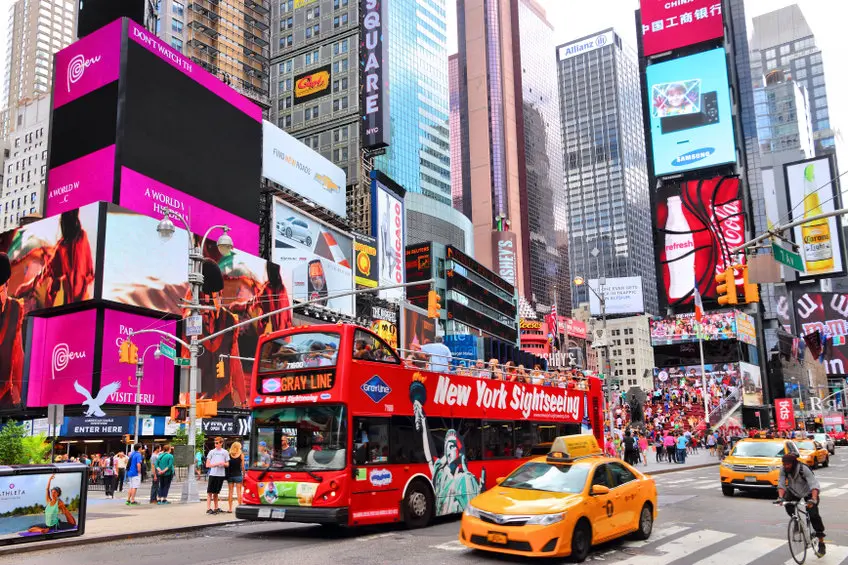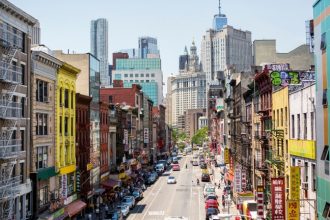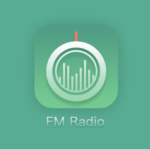New York’s public transportation system is extremely well developed. Even if you don’t have a car, you don’t have to worry about your daily travel to get where you want to go. When you first arrive in New York, you may be faced with these choices with a slight confusion. Now uhomes will take you to understand the New York Transportation.
Subway-Main Transportation in New York
The most common transportation for students studying in New York is the subway. The New York Subway currently has 26 subway lines and 472 stations. It covering the transportation arteries of Manhattan, Brooklyn, Queens and the Bronx. New York’s subway has a two services. The express train is not stopped at every station, the local train basically stopped at every station.
Pay attention to the direction of uptown and downtown. Most subway platforms are bi-directional, but a few are uni-directional and you can only take the subway in one direction. MYmta is a great travel tool for first-time New Yorkers. It provide real-time arrival information for subways, buses, and trains, and the first notice of construction or delays.
There are two main types of Metrocards, the Unlimited-Ride Metrocard and the Pay-per-Ride Metrocard. You can ride the subway by swiping your cell phone or paying with an IC credit card. There is a circular light at the entrance to the subway. The green color represents normal subway operation and the red color means the subway may be closed or restricted. The New York City subway is the only one in the world that operates 24 hours a day.
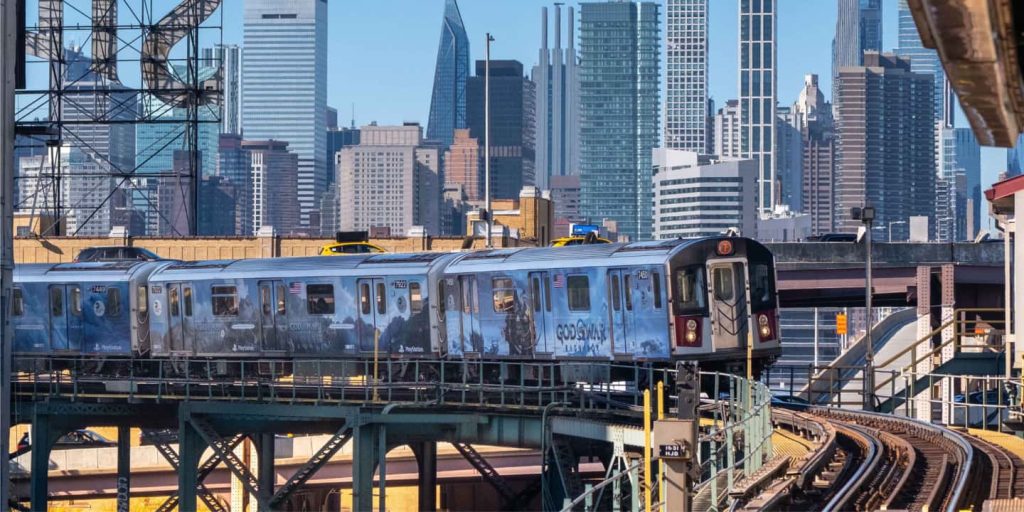
Buses-Second Choice for Transportation
Buses can be paid for with a Metro Card. A non-disposable Metro Card allows free transfers from metro to bus or bus to bus within two hours.
Bus stops are usually located at the intersection of two streets. And it has a circular shape with a bus logo. While some stops have electronic displays that show the estimated time of arrival of the bus.
With Request-A-Stop, it is possible to ask the bus operator to let you get on and off the bus. It is a route that not a bus stop between 10:00 am and 5:00 pm every night.
The letter before the bus indicates the zone, and the number after the letter usually indicates the street on which the bus is traveling. Buses starting with X are express buses and do not stop at small stations.There is a “stop” button on the armrest of the bus. When you pressed, allows the driver to stop the bus. When the bus stops, exit the bus through the rear door.
Taxi/Uber/Lyft
Taking a taxi is a little more expensive for students. However, it is definitely ensures a comfortable commute. Taxis in New York are bright yellow, with a few green cabs, and primarily serve New Yorkers outside of the Manhattan Central Business District.
Taxis in the United States usually require a telephone reservation and a tip for the driver. And they are generally the preferred mode of transportation for longer trips. The initial fare is $2.50 (for up to 0.2 miles), with an additional 40 cents for each additional 0.2 miles or 120 seconds of waiting time. During peak hours (Monday through Friday, 4-8 p.m.), the surcharge is $1. And there is a tip for the driver. Nowadays, many New Yorkers also choose to use Uber or Lyft to take a taxi, which is convenient and saves money.
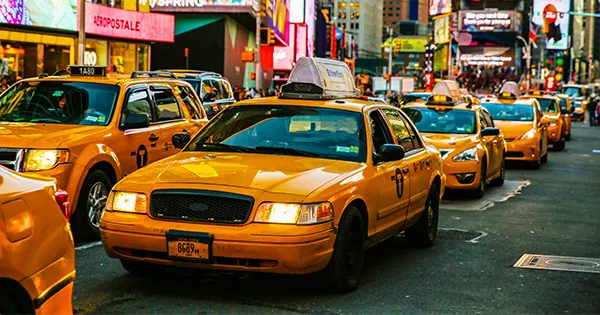
Aerial Tramway in New York
The aerial tramway connecting Roosevelt Island and Manhattan is a fun and romantic way to travel. It runs every 7 or 8 minutes during peak hours and every 15 minutes at other times. The aerial tramway takes you to Manhattan in just 5 minutes. You can pay directly with your MetroCard. A one-way ticket is only $2.25, and a round-trip ticket is $4.
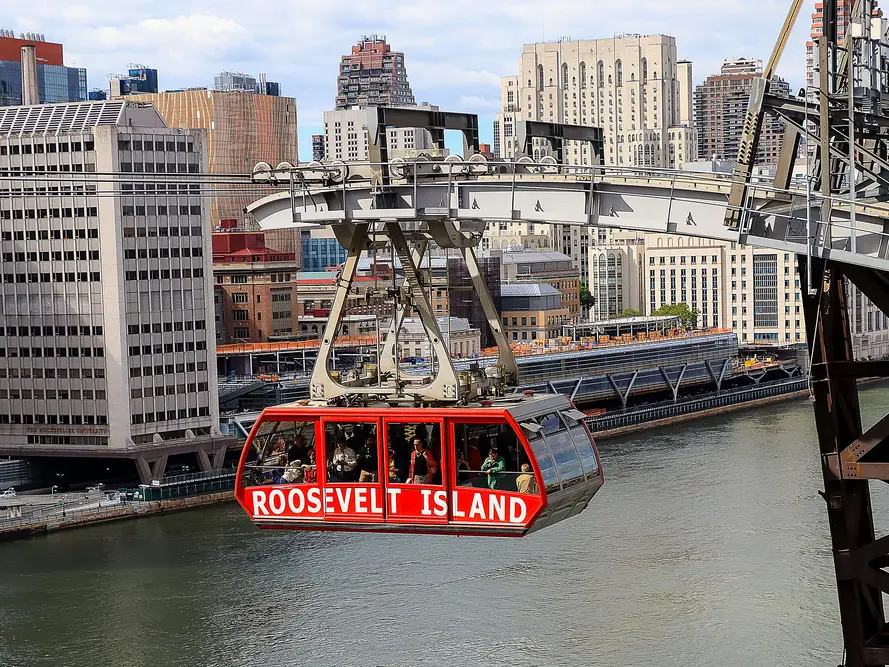
New York Transportation- Ferry
The NYC Ferry connects Manhattan, Brooklyn, Queens, and the Bronx in New York on six routes. It providing a vital transportation link to currently underserved areas.
For frequent riders, there is also the option to purchase a 30-day pass, and since you can bring your bike, you’ll also get a ticket for your bike. All transfers within the NYC Ferry system are valid for free for a 90-minute period.
Path
The Path (Port Authority Trans-Hudson), is an interstate high speed subway that connects New Jersey to lower and middle New York. The Path also operates 24 hours a day and is cleaner than the subway. It even has direct access to the World Trade Center. However, it does have one drawback, which is that it is rerouted on weekends and holidays. For example, the Green Line is closed on weekends, and the Yellow and Blue Lines are combined on weekends. You must check for updates and choose your route when you travel.
The price of a one-way Path ticket is the same as the subway: $2.75, a weekly pass is $36, and a monthly pass is about $110. Cash is not accepted, but MetroCard and SmartLink Card options are available.
Although it is not valid with MetroCard, if you buy a Fare per Ride, you can use it as a Path ticket. If you buy a Fare per Ride, you can also use it as a Path ticket. If you transfer from the subway to the Path, it is the price of 2 Rides. Some schools offer student discounts, so check the school’s website to see if you qualify.
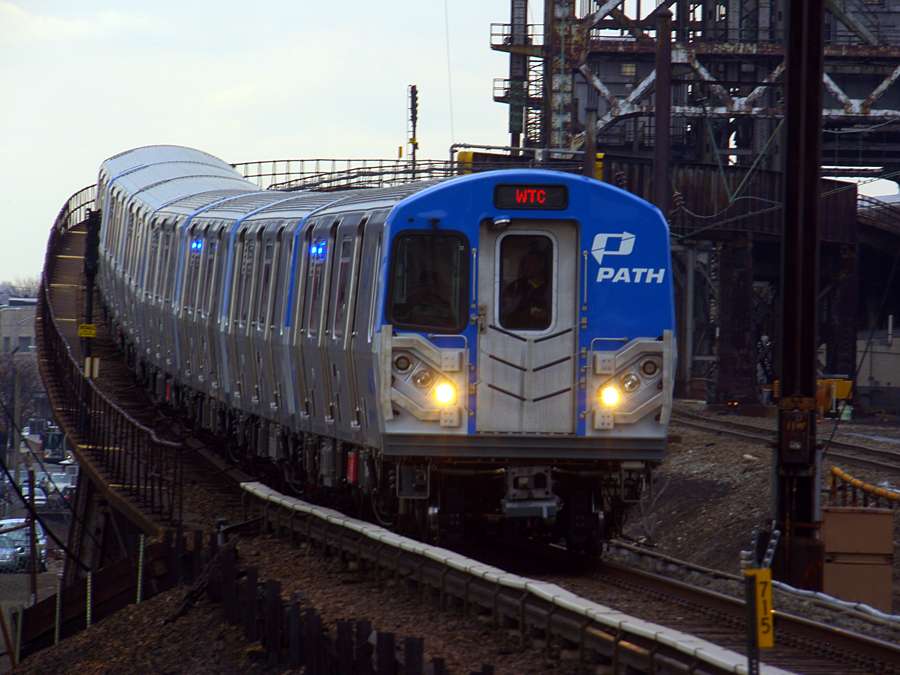
FAQ about New York Transportation
The fastest transportation in New York City is often the subway. The extensive subway system allows for quick and efficient travel throughout the city, particularly within Manhattan. Additionally, during rush hour, walking can sometimes be the fastest way to navigate the bustling streets of Manhattan.
The cost of public transportation in New York City is indeed a significant consideration. With the fare set at $2.75 per ride and $116.50 for a monthly unlimited pass. It’s crucial for residents and visitors to factor these expenses into their budgets. Despite the convenience and 24-hour operation of the public transport system. The pricing is notably higher compared to the national average. With some fare increases over time. However, it’s important to weigh these costs against the expenses of owning and maintaining a private vehicle. Also, consider the efficiency and accessibility that public transportation provides.
To pay for public transport in New York City, you have several options. Firstly, you can use the OMNY system. It allows you to tap your contactless card on the reader located at the front of the bus or at subway turnstiles. Additionally, fares can also be paid with a MetroCard, coins, or a SingleRide ticket. With the cost varying depending on the mode of transportation.
Here’s a quick summary of the fares:
- For subways and local, limited, and Select Bus Service buses, the fare for most riders is $2.90. Express buses cost $7.
- The base cost of riding a Select Bus Service bus is $2.75, the same as riding the subway or the local or limited-stop bus.
- City buses cost $2.75 per ride, the same as the subway, with free transfers between intersecting lines.
A Comprehensive Guide for living in Brooklyn Downtown
Downtown Brooklyn is the third largest central business district in New York…
Discover the Safest Neighborhoods for House Rent NYC
When international students come to a new environment, one of their first…


